 THE WHITE HAIRED SHOOTER
THE WHITE HAIRED SHOOTER
Ammunition “Basics” Part 3
This is the 3rd in a series of articles on the complex topic of modern cartridge ammunition and looks into “caliber” from a novice’s perspective. Wading into the somewhat murky and “math-y” topic of caliber can be daunting.
My aim is to assist new shooters feel more comfortable approaching and discussing ammunition by pulling back the “math” curtain a little and revealing the wizard who lurks behind.
I am admittedly more than a little bit nerdy and a geek at heart, and find pleasure when I unravel concepts – including “math-y” things. I like getting to the point I can understand, and have been known to put in a bit of time chasing an idea.
For those of you with a similarly “slight” nerdish streak, I hope you find some of this article kind of “fun,” and to those who only want to learn what they have to about caliber, I encourage you to bear with me a bit and see if this approach helps to take some of the mystery out of the subject.
Please note concerning the pictures below: they are for illustration of concept only! My measurements are not EXACT. The calipers I use are inexpensive and “well used” in our shop, they are off a bit.
Caliber – What it is
At its simplest, caliber of a handgun – and the ammunition that it can fire – is a measurement.
The inside part of the round tube that is the gun’s barrel is measured across the widest part (diameter) of the circle. The outside diameter of the bullet (projectile part of the cartridge) is measured.
Caliber is commonly expressed in two ways:
Inches (imperial measurement), expressed as a decimal carried out to 2 or 3 places, and often followed with the letters “cal.”
Millimeters (metric measurement), expressed as a whole number without any decimal, followed by the abbreviation “mm.”
Measuring caliber
When starting out on the journey of learning about ammunition, I decided to take some measurements myself. To do this I employed a pair of digital calipers.
Calipers can measure outside diameters using the space between the large jaws, and inside diameters by using the small pincher looking end.
If you don’t own calipers, they are affordable and widely available.
I like digital better than the old “dial” style we used way back when, because they give clear and instant results, and you can switch between measuring inches and millimeters with a touch of a button.
The inside diameter of the gun barrel is measured for the caliber.
The outside diameter of the bullet, the actual projectile at the tip of the cartridge, is measured.
Why Decimals of an inch instead of Fractions of an inch?
When we “talk” inches – in the U.S. – we most commonly express less than a whole inch in fractions. Dealing with 1/2″ or 3/4″ is well understood as we work with them daily, right down to 16ths and even 32nds or smaller.
But when discussing caliber, very small fractions are involved. Working with fractions at that level and finding common denominators in order to compare the fractional numbers, is a good reminder of why so many kids tuned out during math class.
It’s not just that it is hard mental work, or the need to find common denominators, or use conversion apps or tables, it is also difficult to conceptualize.
For example, asking which would be larger:
9/20ths of an inch?
or
19/50ths of an inch?
is as likely to elicit an “I don’t know” as a “Who cares” response.
These same fractions, expressed as decimals are:
.450 ?
or
.380 ?
and comparison is a snap.
Those are also two common sizes of handgun ammunition. Now you now know that a .45 caliber is physically larger than a .380 caliber. Yippee!
Measuring the cartridge casing (also called “brass”)
Even if you don’t reload ammunition, you most likely will collect or “police” the spent casings after shooting your semi-automatic, or empty them out of your revolver when at the range to clean up after your shoot.
You can identify the caliber of the cartridge that was fired by measuring the inside diameter of a spent casing.
The beauty of the design of the modern handgun cartridge is revealed when you see for yourself how thin the metal of the casing is and realize while shooting your gun, that casing must remain in the chamber. It is primarily held in place by the thin walls of the casing not fitting into the barrel while the projectile, the bullet, travels down and out the barrel. That demands very tight tolerances.
This may help a little in understanding some of the attention and precautions made in proper matching and identification of your cartridges. And – as a friend who is well versed in this subject pointed out in a comment to the last article – the importance of visually inspecting your cartridges to make sure they are not dented or damaged in any way before you use them.
If you survived so far!
Congratulations!
People who have devoted time learning about guns and ammunition are often as difficult for the “lay person” to understand when discussing their “beloved” subject, as computer techs and programmers are famed to be! Hopefully you now understand how simple and straightforward the notation of caliber truly is. It is not that hard of a concept, afterall.
Next up: We’ll look at the most common calibers for handguns, discuss a few other notations you will probably run into, and go into a few “exceptions” to the rule of matching ammunition touched on earlier.
Happy and Safe shooting – Peggy
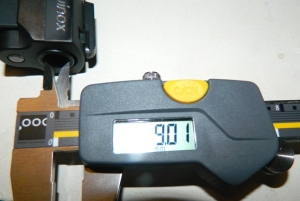
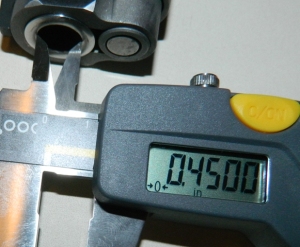
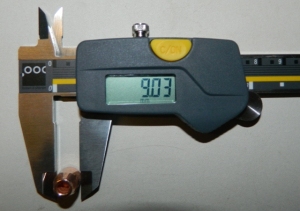
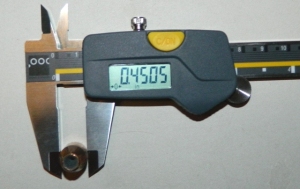
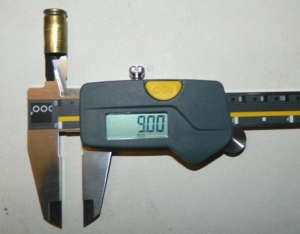
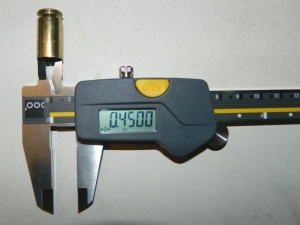
ikoikollo
August 5, 2014 at 8:33 am
Reblogged this on Ikoikollo's Blog.